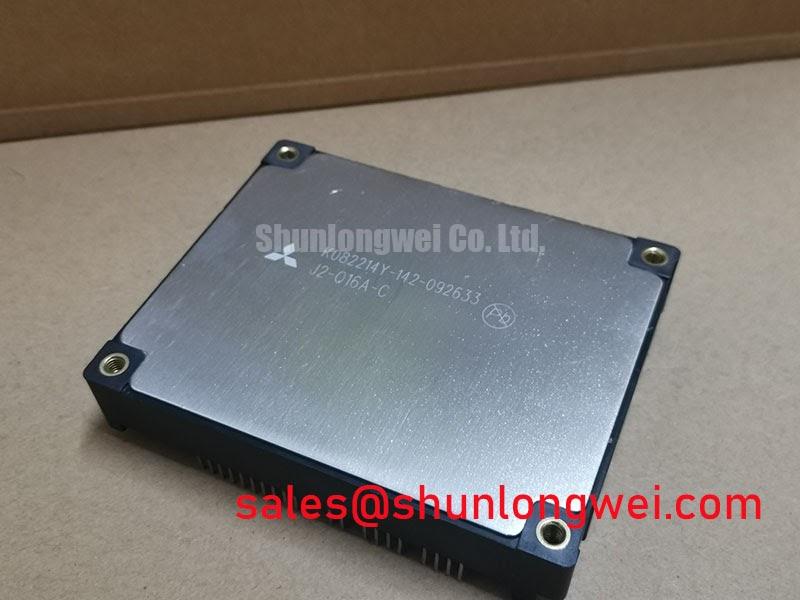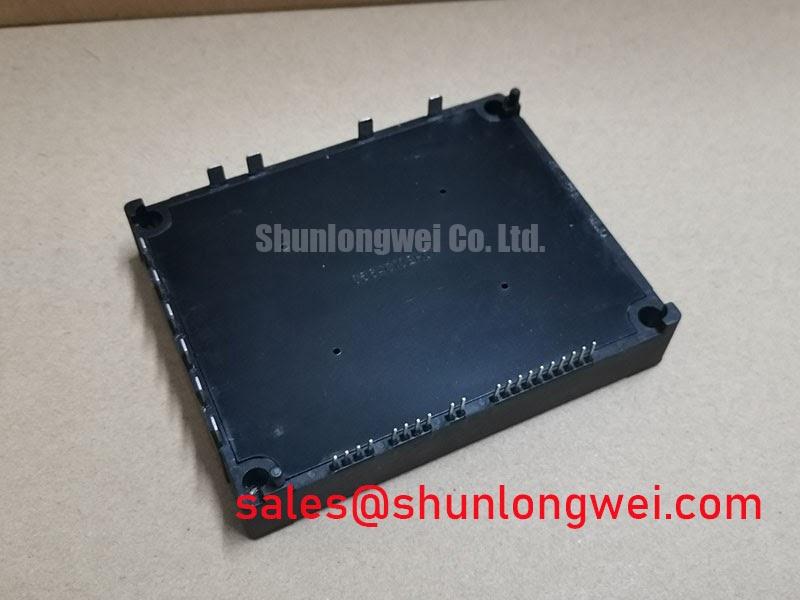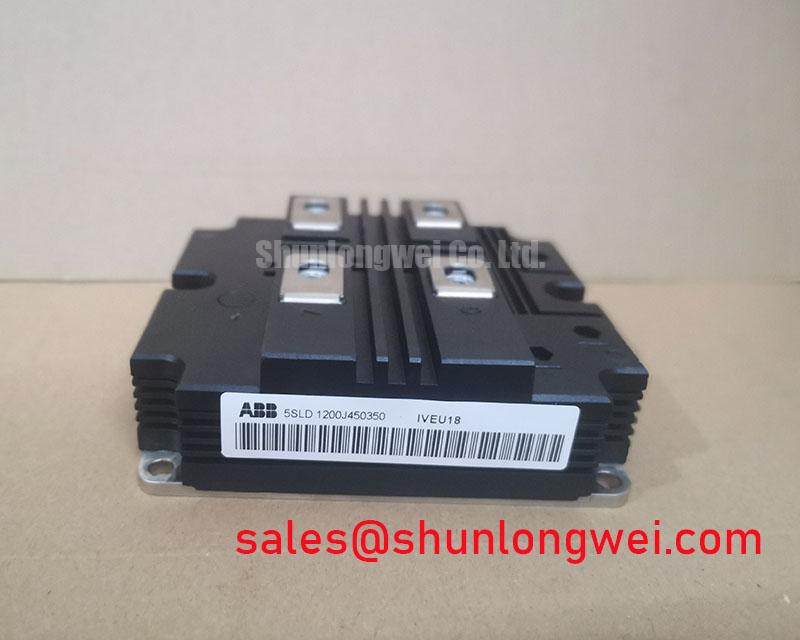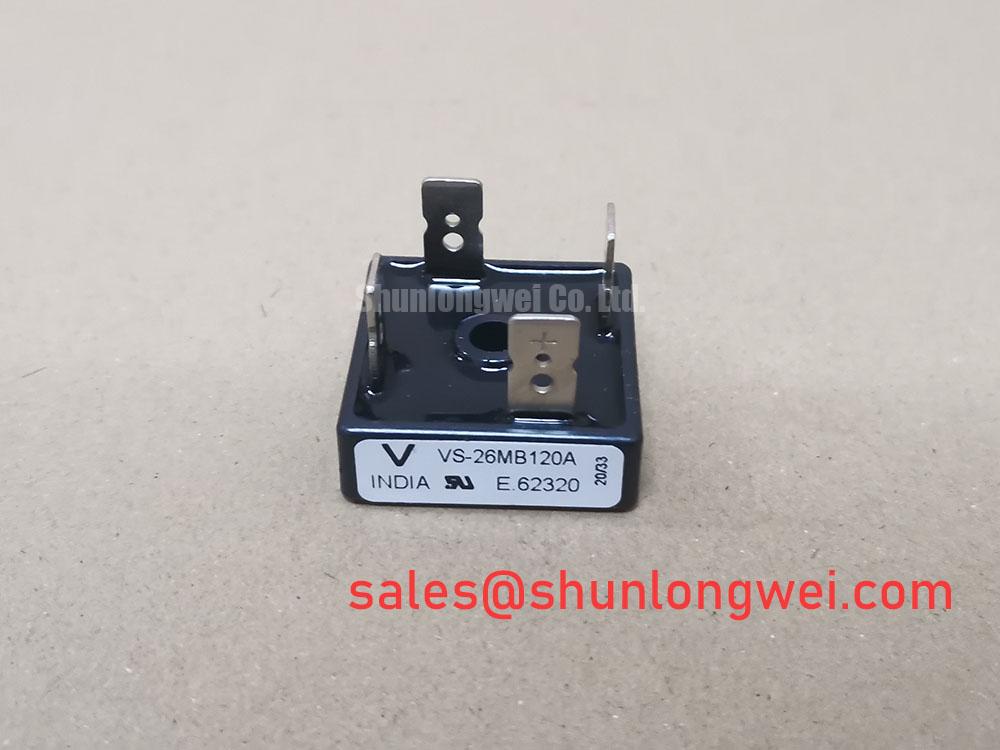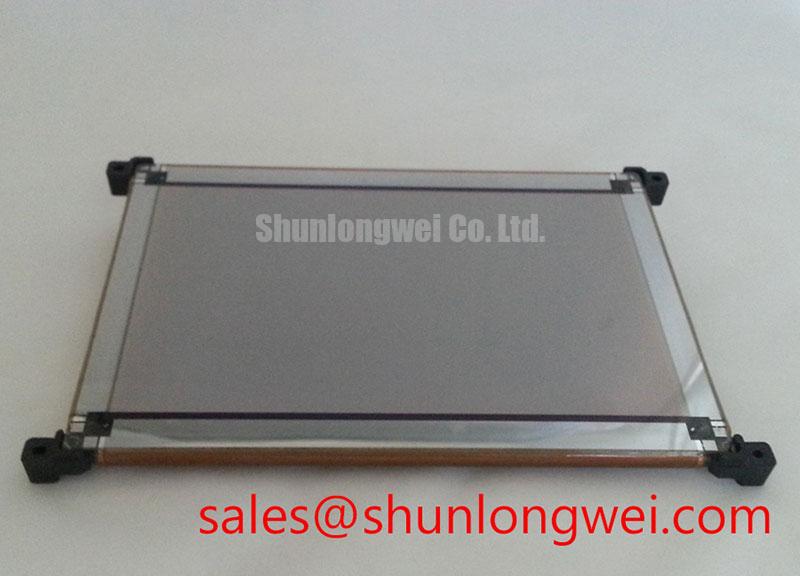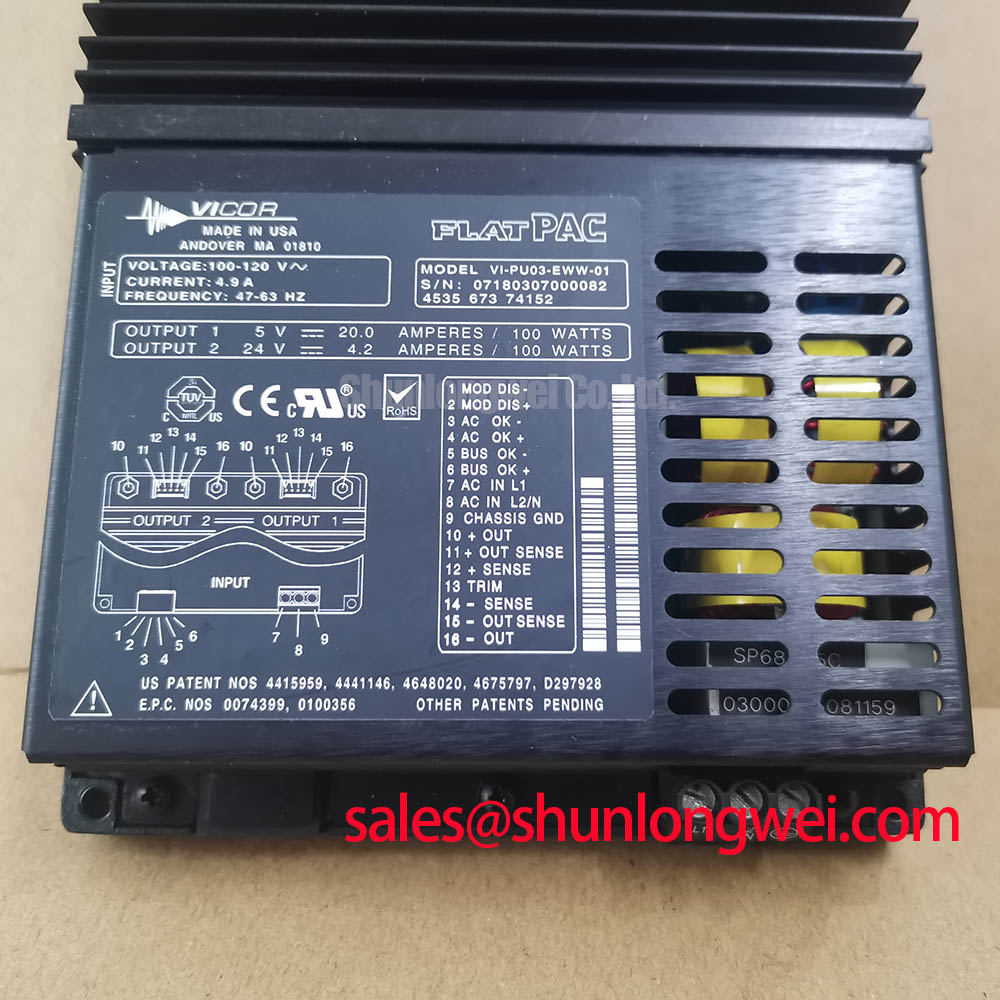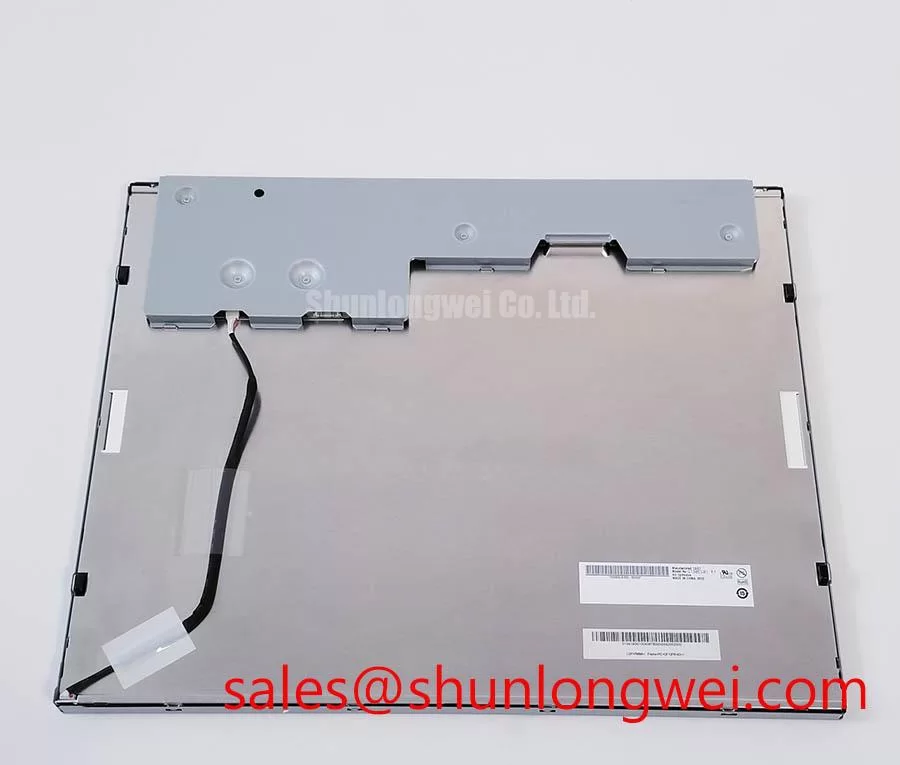J2-Q16A-C: Mitsubishi Regenerative Option for MELSERVO-J2
Streamlining Servo System Design and Safety
The J2-Q16A-C by Mitsubishi Electric is a dedicated regenerative option engineered to simplify the integration and enhance the operational safety of MELSERVO-J2 Super series servo amplifiers. This unit provides a compact, factory-validated solution for managing the regenerative energy produced during motor deceleration, a critical function in dynamic motion control systems. Its core specifications include compatibility with specific MR-J2S servo amplifiers and a built-in regenerative resistor. Key benefits include reduced panel space and simplified wiring. For engineers designing systems with frequent start-stop cycles, this unit directly addresses the need to dissipate braking energy efficiently, preventing DC bus overvoltage faults and ensuring system reliability.
Industry Insights & Strategic Advantage
Strategic Benefits of Integrated Regeneration in Automation
In modern automation, where machine footprints are shrinking and operational uptime is paramount, the efficient management of regenerative energy is a key design consideration. The J2-Q16A-C regenerative option aligns with this trend by offering a standardized, plug-in solution. This approach shifts the design burden from sourcing, sizing, and mounting a separate braking resistor to simply specifying a compatible module. For OEMs, this translates to faster assembly times, a simplified Bill of Materials (BOM), and reduced potential for wiring errors. The strategic value lies in de-risking a critical aspect of the drive system; by using an integrated option, engineers ensure that the thermal and electrical characteristics are perfectly matched to the servo amplifier's capabilities, supporting the design of more robust and compact machinery for robotics, packaging, and CNC applications.
Technical Deep Dive
A Closer Look at the J2-Q16A-C's Functional Design
The J2-Q16A-C is fundamentally a protective component designed to absorb and dissipate the kinetic energy generated when a servo motor acts as a generator. This typically occurs during rapid deceleration or when an overhauling load drives the motor. Without a path for this energy, the servo amplifier's internal DC bus voltage would rise, triggering an overvoltage alarm and halting the machine. What is the primary benefit of the J2-Q16A-C's design? It provides a dedicated, thermally managed path for this energy through an integrated power resistor.
The unit connects directly to the P and C terminals on compatible MELSERVO-J2 Super amplifiers. This architecture allows the amplifier's internal braking transistor to intelligently switch the regenerative current to the J2-Q16A-C's resistor. The design also facilitates the connection of an additional external resistor if the application's duty cycle or inertia demands greater energy dissipation capacity than the internal resistor can handle, offering a scalable solution for more demanding motion profiles. Understanding the principles of regenerative energy can be further explored in resources covering high-efficiency power systems.
Intra-Series Comparison & Positioning
J2-Q16A-C vs. Custom Solutions: A Positional Analysis
When designing a motion control system, an engineer's choice for handling regenerative energy typically falls between a manufacturer-provided option like the J2-Q16A-C and a custom solution using a third-party braking resistor. While a custom approach may offer flexibility, the J2-Q16A-C is positioned as the optimal choice for reliability and integration speed within the Mitsubishi ecosystem.
- Integration Speed: The J2-Q16A-C is designed for direct connection, with clear instructions in the amplifier manual, eliminating the need for component sourcing and compatibility checks.
- Validated Performance: As an official accessory, its thermal performance and electrical specifications are guaranteed to work seamlessly with the drive, removing the guesswork from resistor sizing and thermal management.
- Space Efficiency: Its compact form factor is often more space-efficient than mounting a separate, bulky ceramic power resistor and its associated wiring within a control cabinet.
For MR-J2S-40A/B/C or lower power drives with frequent deceleration cycles, the J2-Q16A-C offers the most streamlined protection against DC bus overvoltage. For systems with exceptionally high regenerative loads, such as those found in large vertical axes, a higher-capacity external resistor might be necessary, for which the J2-Q16A-C can still serve as the connection interface.
Application Scenarios & Value
Deployment Scenarios: Maximizing Drive Performance
The J2-Q16A-C delivers tangible value in any application requiring precise and rapid deceleration of a load. Its ability to effectively dissipate braking energy ensures that the servo amplifier can maintain control without interruption from overvoltage faults, which is crucial for throughput and product quality.
- High-Speed Pick-and-Place: In robotic arms and gantry systems, frequent and fast acceleration/deceleration cycles generate significant regenerative energy. The J2-Q16A-C absorbs this energy, enabling shorter cycle times and higher productivity.
- Vertical Axis Control: For applications involving lifting and lowering loads (Z-axis), the constant fight against gravity during deceleration places a continuous regenerative load on the drive. This unit provides the necessary braking capacity to ensure stable and safe operation.
- CNC Machining Spindles: Rapid spindle speed changes and tool changes require the drive to quickly brake the motor. The J2-Q16A-C ensures this process is fast and controlled, minimizing non-productive time. For engineers working on such demanding motor control applications, understanding the core components, like the IGBTs at the heart of servo drives, is essential.
Key Parameter Overview
Core Specifications for System Evaluation
The following table highlights the key specifications of the J2-Q16A-C, enabling engineers to quickly assess its suitability for their system design. Full details can be found in the official MELSERVO-J2-Super series instruction manual.
| Parameter | Value |
|---|---|
| Product Type | Regenerative Option |
| Compatible Servo Amplifiers | MR-J2-10A/B to MR-J2-70A/B; MR-J2-10C to MR-J2-40C |
| Built-in Resistor | Yes (Value and Power Rating specified in manual) |
| External Resistor Connection | Supported |
| Primary Function | Regenerative Energy Dissipation / DC Bus Overvoltage Prevention |
| Manufacturer | Mitsubishi Electric |
The selection of an appropriate regenerative solution is a critical aspect of servo drive system design. The resistance value of the built-in resistor can be thought of like the diameter of a drainpipe for electrical energy; it must be sized correctly to handle the expected flow (current) without backing up (causing overvoltage).
A Strategic Approach to System Reliability
Incorporating the J2-Q16A-C is more than a hardware addition; it is a strategic decision that favors system longevity and predictable performance. By choosing a solution that is pre-validated by the amplifier manufacturer, design teams mitigate risks associated with thermal mismanagement and electrical incompatibility. This integrated approach supports a forward-looking design philosophy where reliability and speed-to-market are paramount, ensuring that high-performance machinery is not just powerful in acceleration but also robust and controlled in deceleration, paving the way for more efficient and durable automated systems.

